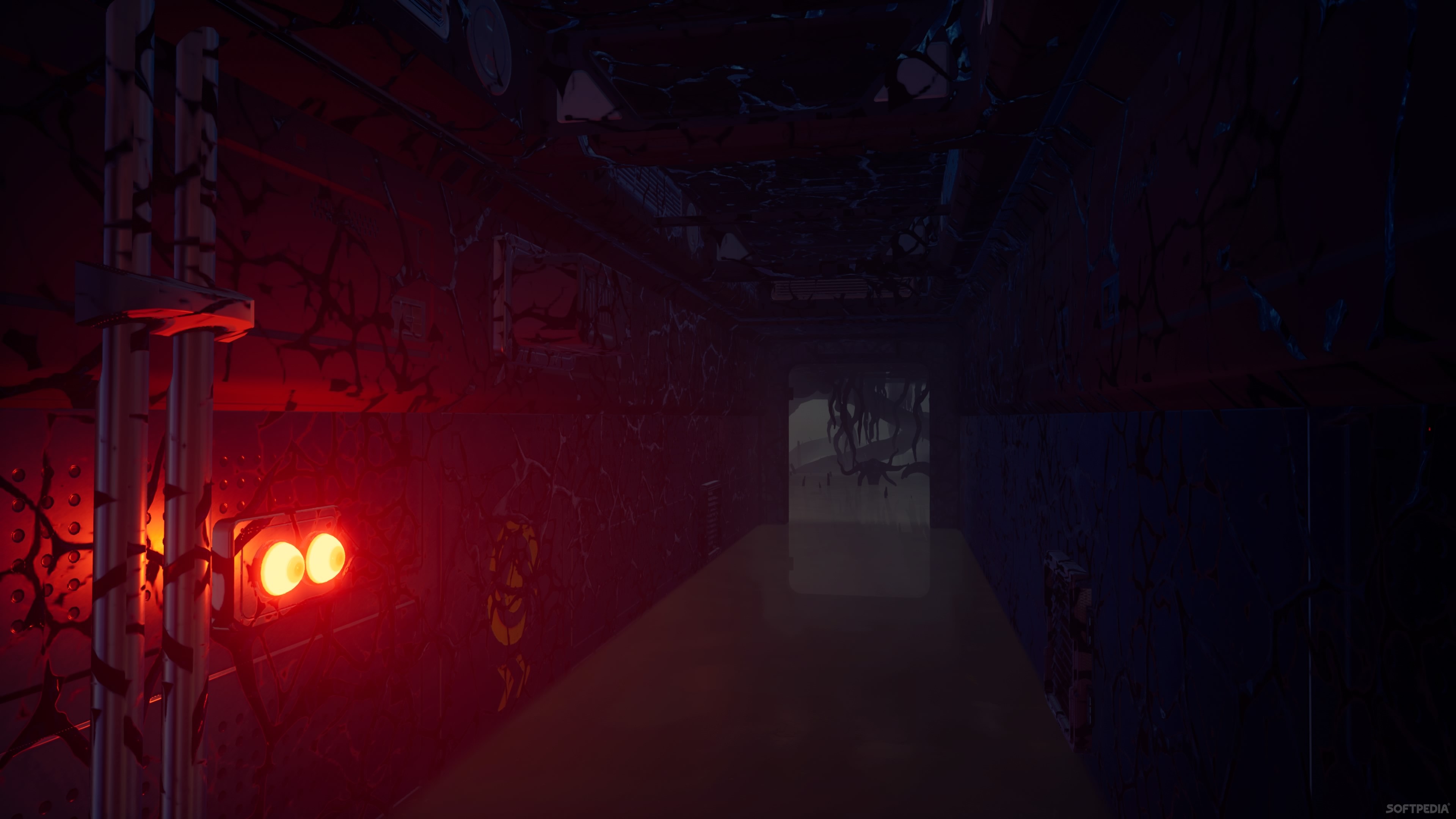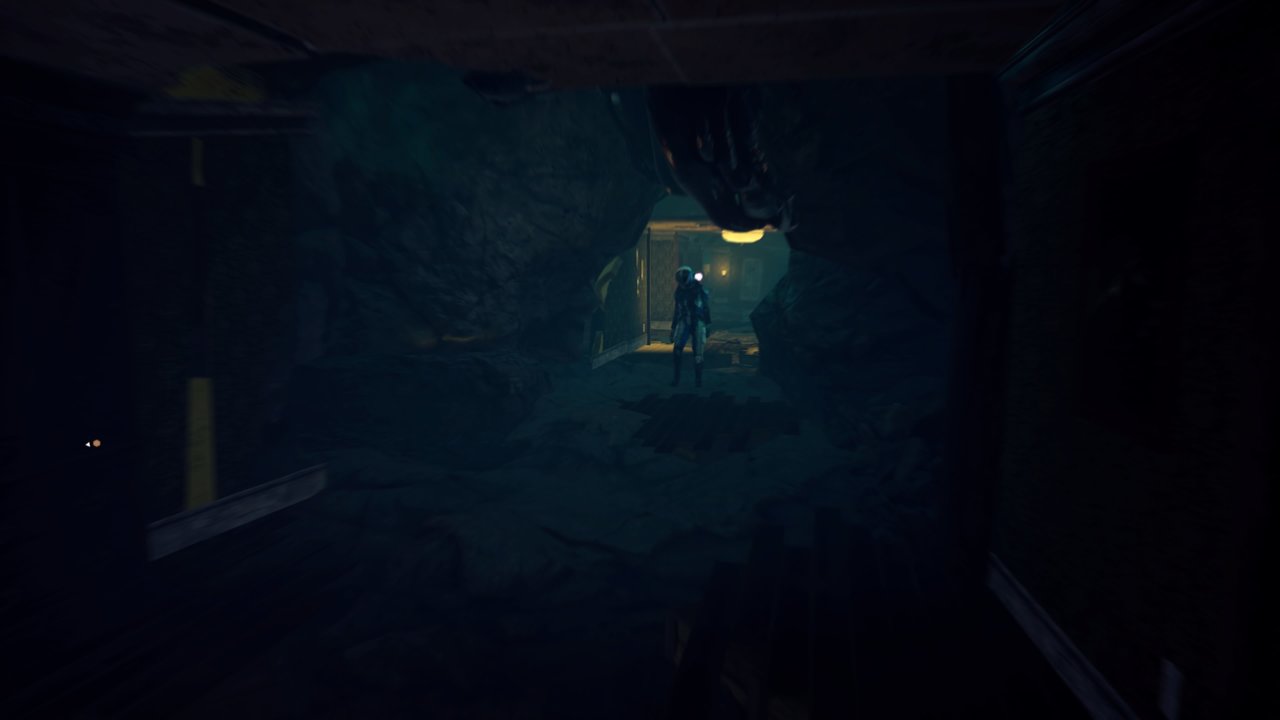
As it stands, you’re better off avoiding this Mars expedition.There have been a lot of Lovecraftian-themed games in the last few years. Although there are moments of cinematic flourish, the basic puzzles, insubstantial gameplay, confusing storylines, and a lack of genuine scares make it a hard sell. Nothing about the Lovecraftian horror of Moons of Madness is outright terrible, but its slow, chore-heavy gameplay doesn’t conjure up a lot of reasons to forgive the fact that there’s just not a lot of incentive to visit its haunted corner of Mars. It makes me wish I’d just watched the cinematics strung together on YouTube rather than played through to see them. Sadly, these moments are separated by stretches of tedious gameplay. The biggest moments are often the most interesting things about it, and extended sequences like a flashback to Shane’s childhood are often the most exciting parts. Moons of Madness does have an eye for cinematics, at least. This encounter combines the scanning mechanic with stealth and is one of the strongest moments during my playtime. The only notable enemy encounter comes late in the game when Shane has to sneak his way around murderous robots. It’s unclear if this is meant to create fear in the player, but it doesn’t make for a very exciting combat mechanic either way. One tentacle-like create is defeated by simply staring at them. Other times enemy encounters are similarly tame. All I ever had to do when an enemy showed up was make a bee-line to the nearest door, which very quickly deflated their ability to intimidate me. The only problem is that these portions aren’t very scary. Like many other modern horror games, Moons of Madness deprives you of weapons or other means of defending yourself to maximize the feeling of helplessness and fear when something spooky shows up. The best of these are tied to a limited air supply mechanic where you need to refill your air tank to stay alive, and even though I never had a situation where the air supply ran dangerously low, the resupply animation is the most satisfying to look at in all of Moons of Madness thanks to its smoothness and how it sometimes changes depending on your current air level.Įnemy encounters are, frankly, disappointing.

You can pick up mugs and fill them with coffee from the coffee machine, or reset your wristwatch with a pen, and other stuff that shows off the developers’ attention to detail. There are also several instances of showy interactivity. There are some other time-wasters like how you need to follow procedure and close space doors in the proper order, lest you suffocate, but there’s nothing interesting about this so it just becomes a simulation of a chore. Environmental puzzles often boil down to finding an item and putting into the correct slot, or rotating a machine until it’s in the proper position. There's a lot of padding happening in Moons of Madness.In fact, there’s a lot of that padding happening in Moons of Madness, and it goes beyond just the scanning of stuff.

None of them are very challenging, and the puzzles only really serve to pad out the time between story dumps. Once hacked into a device, you can solve a variety of puzzles like connecting pipelines and basic math problems. The central mechanic in Moons of Madness is an ability that can be used to scan the environment and hack into machines. Where the story runs all over the place and has some highs to balance out the lows, the gameplay is rote to a fault. A lot of the storytelling is presented by computer logs you can find littered around the world, but even after reading all of them nothing really becomes any more interesting or complex. Plotlines are introduced and dropped at a rapid pace and there’s no real conclusion for any of them: there’s an evil corporation, family drama, clones, and of course the omnipresent Lovecraftiness of it all.


Instead, Moons of Madness is a hodgepodge of different storylines that never gel together within its short five-hour playtime. Moons of Madness is a hodgepodge of different storylines that never gel together.I’m not trying to be vague for the sake of spoilers, here. It’s a tense and short sequence that does a good job of setting the tone for Moons of Madness while introducing its primary motifs: tentacles, strange chanting, and a mysterious woman who seems to have a personal grudge against Shane. From there, you journey across the Orochi Mars Base as Shane tries to find the hidden meaning behind his dreams, and figure out if his fellow astronauts are who they seem. Protagonist Shane Newehart, an engineer for the space exploration company Orochi, awakens into a literal nightmare version of the space station he calls home.


 0 kommentar(er)
0 kommentar(er)
